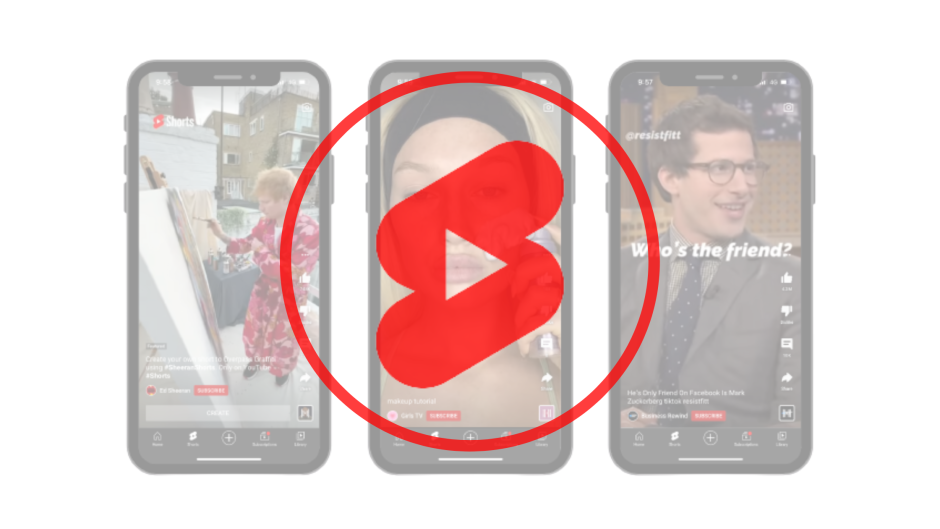TikTok, with its immense growth, seems to be taking a toll on all its competitors; just recently, all social applications that followed into the short-form video market after TikTok’s launch have started to compete based on content. This competition has led almost all social platforms to implement policies that discourage the presence of content already posted elsewhere, thus limiting cross-platform sharing.
Facebook was the first to do so; the app released a new update that limited the number of views on videos with a TikTok watermark. YouTube, the video-sharing giant, has joined in the competition, announcing that soon all videos posted on YouTube shorts will be watermarked to reduce cross-platform sharing and credit YouTube for the video.
While talking about the update in a support thread, a YouTube community manager said, “If you’re a creator who downloads your Shorts from YouTube Studio to share across other platforms, you’ll now find a watermark added to your downloaded content. We’ve added a watermark to the Shorts you download so your viewers can see that the content you’re sharing across platforms can be found on YouTube Shorts. This is rolling out over the next few weeks on desktop, and we plan to expand to mobile over the coming months.”
According to the statements, creators that use their computers to edit and upload YouTube shorts might get this update soon, but if you are someone that creates and upload shorts on mobile phones, you still have months before these YouTube watermarks get to you.
The blowing up of short video format has caused the same videos to circle different social platforms, usually originating from one and then being uploaded almost everywhere. Social applications want to avoid this, but before they do that, they want to ensure that any video created using their platform should credit them.
With Facebook, Instagram and YouTube taking such strong measures against cross-platform content sharing, creators are expected to switch towards editing their videos on third-party editing applications and then upload them on each platform one by one. This strictness from platforms might increase the demand for short-format video editors. Will we see one blow up in the future? Only time can tell.











